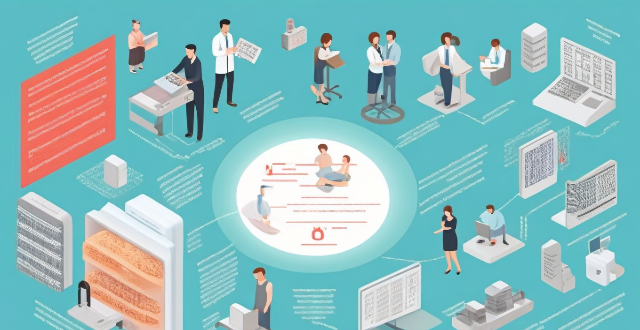Vaccine distribution is crucial for global health, reducing disease incidence and healthcare costs while increasing productivity. Challenges include inequitable access, logistical complexities, and public perception issues.

Vaccine Distribution and Its Impact on Public Health
Introduction to Vaccine Distribution
Vaccines are biologic preparations that stimulate the body's immune system to recognize and fight specific infectious diseases. The distribution of vaccines is a critical component in the prevention and control of infectious diseases, playing a vital role in public health initiatives worldwide.
Effects of Efficient Vaccine Distribution on Public Health
1. Reduction in Disease Incidence:
- Herd Immunity: When a significant portion of a population is vaccinated, it can lead to herd immunity where the spread of disease is contained, protecting those who cannot receive vaccines.
- Prevention of Outbreaks: Swift distribution ensures that populations at risk are covered quickly, reducing the chances of outbreaks.
2. Economic Benefits:
- Reduced Healthcare Costs: Fewer cases mean less strain on healthcare systems and lower medical expenses.
- Increased Productivity: Healthy workforce leads to better productivity and economic growth.
3. Improved Global Health Security:
- Global Collaboration: Effective distribution often involves international cooperation, strengthening global health security.
- Preparedness for Future Pandemics: Well-established distribution networks can be utilized for future health crises.
Challenges in Vaccine Distribution and Their Impact on Public Health
1. Inequitable Access:
- Geographical Barriers: Remote areas may not have adequate infrastructure for proper storage and transportation of vaccines.
- Socioeconomic Disparities: Lower-income countries might not have the funds to purchase or distribute vaccines widely.
2. Logistical Complexities:
- Cold Chain Maintenance: Some vaccines require constant refrigeration, making distribution complex and costly.
- Resource Allocation: Proper allocation of resources such as staff, funding, and equipment is crucial for successful distribution.
3. Public Perception and Hesitancy:
- Misinformation: Widespread misinformation can lead to vaccine hesitancy and refusal, affecting coverage rates.
- Trust in Authorities: Public trust in health authorities and policies is essential for high vaccination uptake.
Conclusion on Vaccine Distribution's Impact on Public Health
In conclusion, vaccine distribution plays a pivotal role in shaping public health outcomes. An efficient and equitable distribution system can lead to significant reductions in disease incidence, economic benefits, and improved global health security. However, challenges such as inequitable access, logistical complexities, and public perception issues must be addressed to maximize the positive impact on public health.